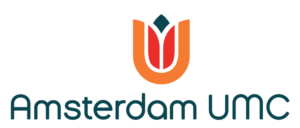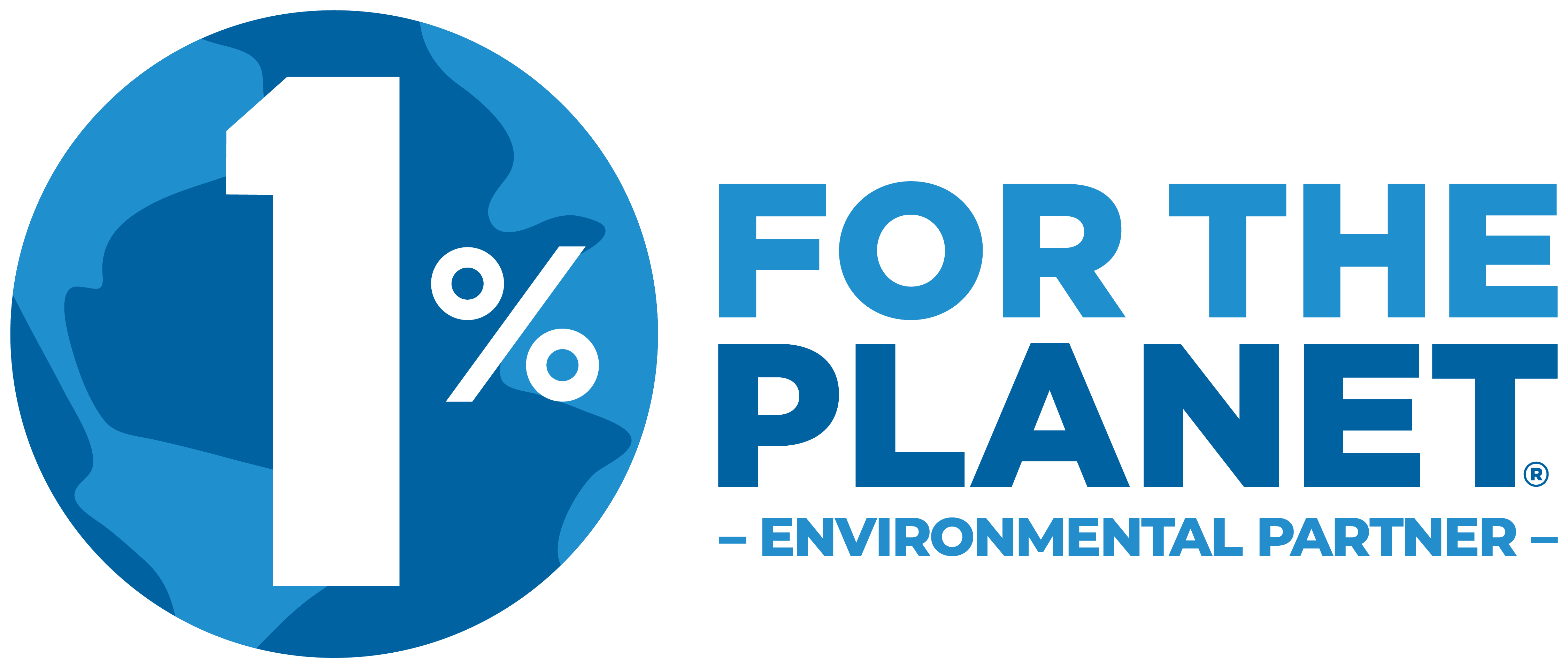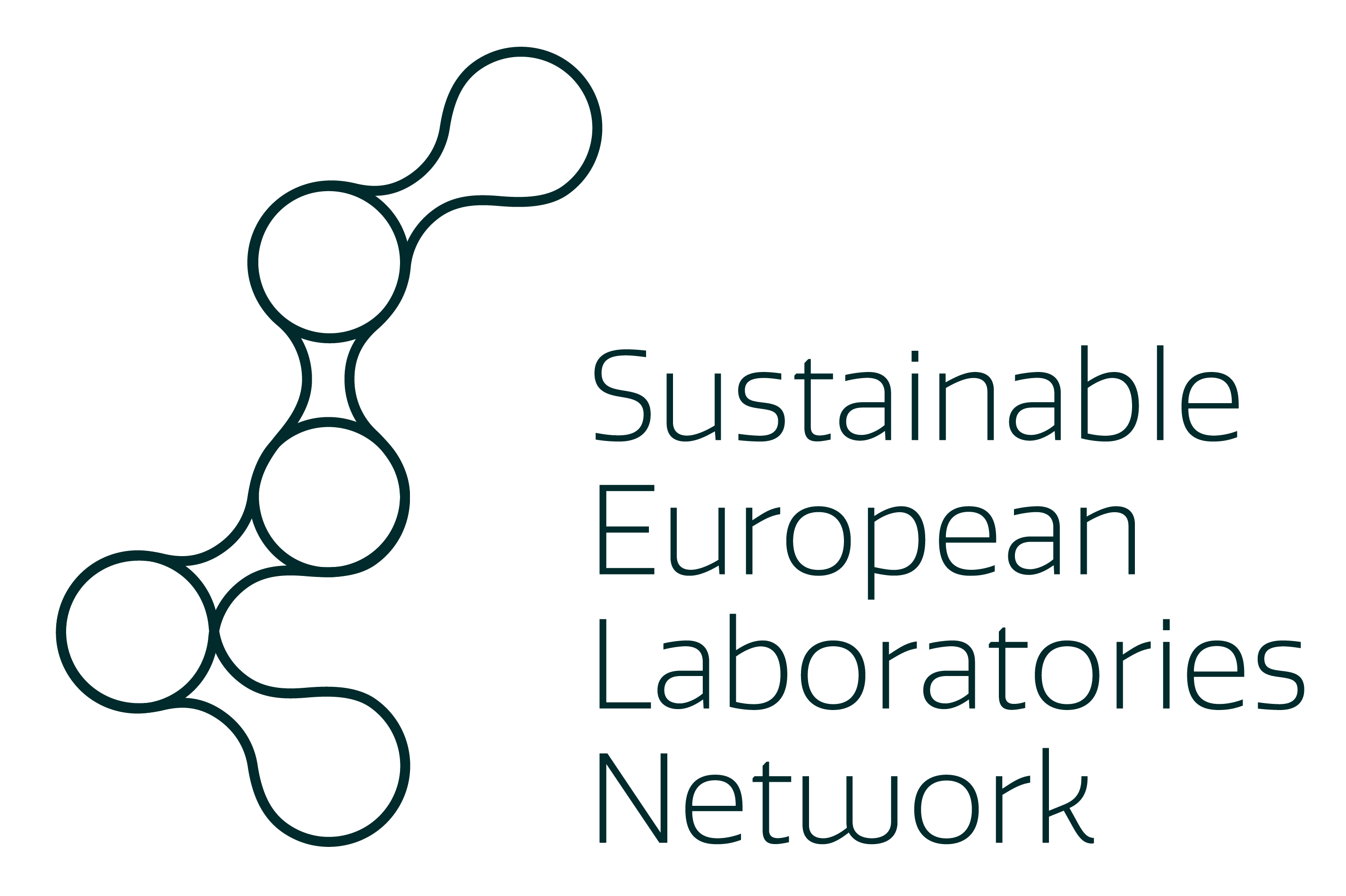-70 is the new -80
Hundreds of ULT freezers are already set to -70 in NL
-70 impact:
Switching to -70 saves on average 28% of electricity per freezer
Clean your freezer
Participate in a freezer challenges to remove samples that are no longer needed
Background
Fridges and freezers in laboratories use a lot of electricity. With this project, we try to coordinate efforts in the Netherlands and abroad to reduce the environmental footprint laboratories have as a result of the use of cold storage. Read about some of these initiatives below!
Ultra low temperature freezers
Ultra low temperature (ULT) freezers are widely used in laboratories and are typically set to -80°C. However, ULT freezers were originally set to -70°C, and the shift to -80°C only became standard when newer models allowed for it. Today, a growing body of data shows that storing samples at -70°C is sufficient. In addition, ULT freezers are major energy consumers: on average, each one uses about as much electricity as two Dutch households. Remarkably, switching the temperature setting from -80°C to -70°C can reduce electricity consumption by approximately 28% per freezer (Graham et al., 2024).
This transition back to -70°C is not new. We’re currently working on a report to quantify this trend, gathering data from institutions that have already embraced -70°C as the new standard. Does your institute have freezers on -70°C? Let us know and we can include your efforts and experiences in our paper!
Participate in a Freezer Challenge
The most sustainable electricity is the electricity that you don't use. That’s why reducing the number of freezers in operation in your lab is a powerful way to save energy. One simple and effective step is to actively clear out old or unneeded samples. A great way to encourage this is by participating in a Freezer Challenge.
Some institutes have already organized their own challenge in the past years, including Radboud UMC, Erasmus MC and the Princes Maxima Center. As a result, hundreds of sample storage boxes were cleared, freezers were switched off, setpoints were raised to -70°C and outdated freezers were replaced with newer, more energy-efficient models.
In addition, other institutes in the Netherlands, including Amsterdam UMC and Leiden UMC, participated in the annual Freezer Challenge that is organized by My Green Lab. In continuation of all these efforts, and together with the national national UMC lab sustainability working group, we are organizing a national Freezer Challenge later this year. Stay tuned as more information is coming soon!

Local initiative at Amsterdam UMC: ULTRA-SAFE
Ultra Low Temperature storage of Reagents: Assessment of Stability After FrEezing
Project Overview
The ULTRA-SAFE project at Amsterdam UMC aims to increase environmental sustainability by evaluating the impact of increasing Ultra-Low Temperature (ULT) freezer storage from -80°C to -70°C (and even -60°C) on biological sample stability.
ULT freezers are essential for research but consume significant energy—each using as much as one to three households annually. By making this temperature adjustment on all of the ULTs still at -80°C, Amsterdam UMC could reduce its energy consumption by up to 275,000 kWh per year, equivalent to powering 100 households.
Why It Matters
While many institutions have already adopted -70°C storage, scientific evidence on sample stability at this temperature is not complete. The fear of sample degradation remains a major barrier to widespread adoption. ULTRA-SAFE will provide empirical data on the biochemical and physical integrity of nucleic acids, proteins, metabolites, tissues, and cell lines stored at -70°C versus -80°C, helping researchers make informed decisions about safe and sustainable storage practices.
Key Goals
- Assess sample stability over multiple months and years at -60°C, -70°C and -80°C.
- Utilize quantitative and qualitative assays from both diagnostic and non-diagnostic laboratories to measure potential degradation.
Current status (last update: 29-01-2025)
Sample storage has begun. We have compiled a list of various analytes that will be tested in both diagnostic and non-diagnostic laboratories. The ULT’s have probes inserted to measure the temperature at the location of sample storage.
Useful tools & resources
Also check out our Resources page for more information on cold storage.
People working on this project

Aram de Haas
Sustainability Coordinator
at Amsterdam UMC

Joep Sprangers
Sustainability Coordinator
at UMC Utrecht

Thomas Freese
Sustainability Coordinator
at University of Groningen


